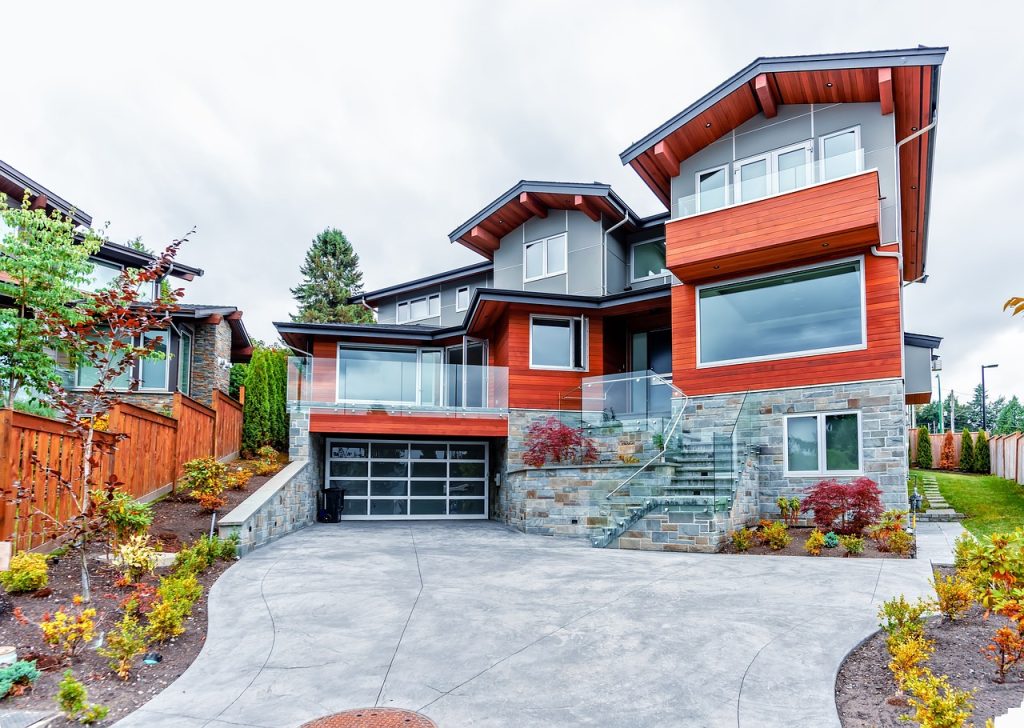Aerial property photography has become an essential tool for real estate professionals, providing a unique perspective on a property’s features and surroundings. The development of drones, particularly FPV (First-Person View) and conventional drones, has made aerial photography and videography more accessible and affordable than ever before. In this article, we’ll explore the benefits of using both FPV and conventional drones for aerial property photography and provide some tips and examples to help you capture stunning visuals that can wow potential buyers or renters.

Benefits of Using FPV and Conventional Drones for Aerial Property Photography:
- FPV drones provide a unique perspective that can showcase a property’s features from a first-person point of view. This can help potential buyers or renters visualize living in the space.
- Conventional drones allow you to capture aerial photos and videos from a higher altitude, providing a bird’s eye view of the property and its surroundings.
- Both types of drones can capture high-quality images and videos that can be used for marketing purposes, such as on real estate listings, social media, and websites.
Tips for Using FPV and Conventional Drones for Aerial Property Photography:
- Plan your shots in advance. Before you start flying your drone, take some time to plan your shots. Consider the property’s features, such as the landscaping, pool, patio, and outdoor living spaces, and think about how you can showcase them in your photos and videos.
- Use a checklist. Before you start flying, create a checklist of everything you need to do before and during your flight. This can include checking your battery levels, calibrating your compass, and ensuring that your camera settings are correct.
- Fly in good weather conditions. A clear and sunny day is the best time to capture aerial photos and videos. Avoid flying during rainy or windy weather conditions, as this can affect the stability of your drone and the quality of your shots.
- Practice your flying skills. Before you start taking photos and videos, spend some time practicing your flying skills. This can help you become more comfortable with your drone and improve your ability to capture smooth and steady shots.
- Experiment with different angles and heights. Don’t be afraid to experiment with different angles and heights when taking photos and videos. Try flying your drone at different altitudes and angles to capture unique perspectives of the property.
Examples of Aerial Property Photography:
- Aerial photos of a luxury home with a pool, highlighting the outdoor living spaces and landscaping.
- Aerial videos of a commercial property, showcasing the surrounding area and highlighting the property’s features, such as its size and accessibility.
- Aerial photos of a rural property, showcasing the property’s natural beauty and its proximity to nearby amenities.
- Aerial videos of a high-rise apartment building, highlighting the building’s architecture and surrounding skyline.
Conclusion:
In conclusion, aerial property photography can provide a unique perspective that can showcase a property’s features and help potential buyers or renters visualise living in the space. Using both FPV and conventional drones, you can capture stunning visuals that can be used for marketing purposes and help you stand out in a crowded real estate market. By following these tips and examples, you can take your aerial property photography to the next level and create stunning visuals that will make your property stand out.

